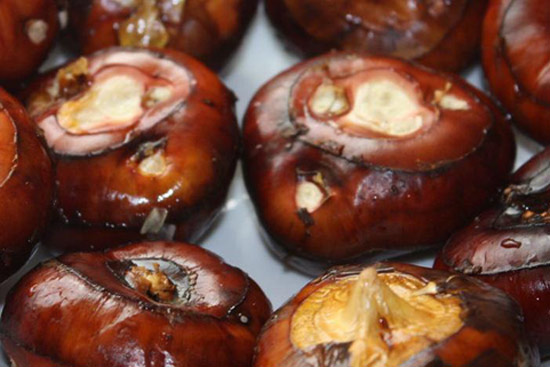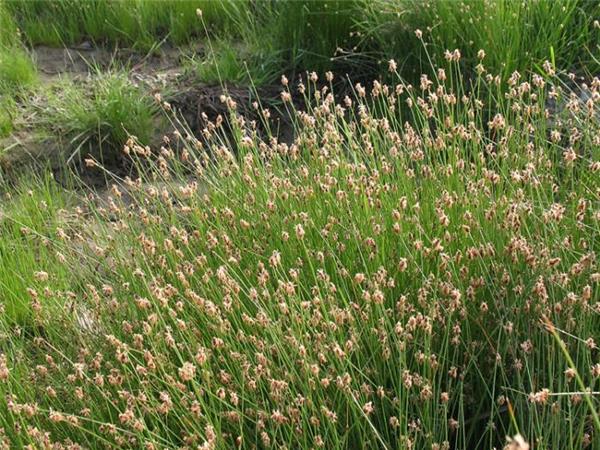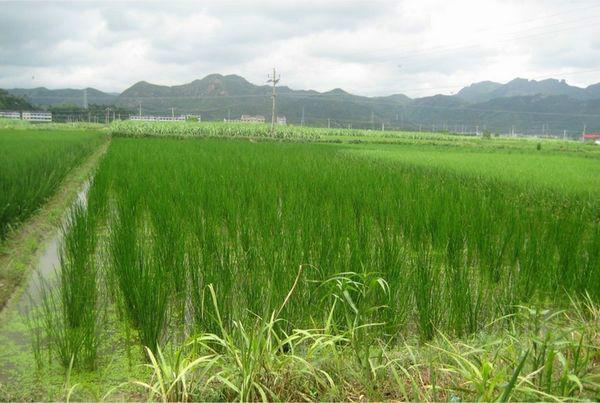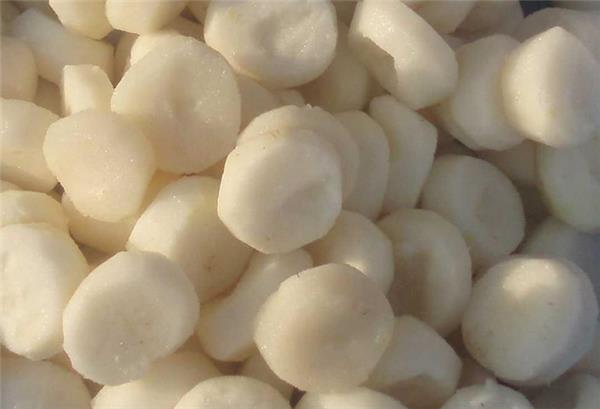The main points of cultivation of Chestnut how to cultivate Chestnut
The vitality of ground chestnut is relatively tenacious, but it is a kind of plant that likes water very much, so when cultivating ground chestnut, the most important thing is to keep it in a state of "continuous shallow water", and then pay more attention to other aspects as well.

1. Key points of cultivation of ground chestnut
Soil: strong vitality, convenient drainage and irrigation, plenty of sunshine, fertile soil layer depression, paddy field planting, the soil quality of sandy loam is better.
Planting: from late June to late July, sow according to the row spacing of 5cm × 5cm, cover the soil, and often keep moist. After about 20 days, when the seedling height was 20-25cm, it was transplanted in the field and planted according to the row spacing of 50cm × 35cm. There is 1 seedling per plant.
Sprouting: select Cardamine with thick and long buds, flat and round ends of bulbs, moderate size, smooth epidermis, dark brown, disease-free and injury-free, in line with the characteristics of the variety.
Temperature: more than 80% of the bulbs can sprout when the air temperature reaches 10-15 ℃.
Transplanting: the chestnut is generally transplanted in the field from mid-late July to early August, but according to the experiment, the transplanting yield is the highest on July 20, and the appropriate early planting is better than late planting in color and shape, and the big, neat, large fruit rate is high. When transplanting, soaking roots with 25% carbendazim 500x solution for 1-2 hours could significantly inhibit the damage of horseshoe stem blight in the middle and later growth stage, and then use ABT5 rooting powder solution (1 gram of medicine powder to water 40 kg) to promote rooting and shorten the period of returning to green.

Fertilization: base fertilizer 3-45000 kg per hectare of farm manure and 4500kg-750kg of superphosphate per hectare. 2-3 times of topdressing fertilizer was applied in the early stage of growth, mainly nitrogen fertilizer, and the amount of topdressing varied with transplanting period and soil fertility. Foliar fertilizer was sprayed once in the green stage, the tillering stage and the early stage of Cardamine, and the foliar fertilizer was available: 0.3% urea, 0.2% potassium dihydrogen phosphate and 0.2% potassium sulfate, which could effectively improve the photosynthetic function of leaves.
Irrigation: a large amount of water is needed in a lifetime, so there should be no shortage of water in the field after planting. Generally transplant to the tillering stage and keep the shallow water layer of 2 to 3 meters in the field. The field should be kept moist in winter, and the topsoil should not be dry and cracked to avoid frostbite. The field was properly dried 15 days before harvest to accelerate the transfer of organic matter to the corm and promote the normal maturation of the corm.
Seedling thinning: proper seedling thinning and seedling control, control of ineffective tiller, reduction of ineffective nutrient consumption, which is beneficial to improve the rate of big fruit and yield.
Disease: the main disease is stem blight. At the initial stage of the disease, 50% carbendazim wettable powder can be diluted 500 to 1000 times, or 45% Dysenamine 100 times, or 70% topiramate 800 times, every 5 days, continuously sprayed 2 times 3 times, the control effect is better.
Harvest: the Winter Solstice to Lesser Cold is the best harvest time, when the harvest of chestnut not only reached the highest yield, sugar content reached the peak, but also more resistant to storage. Early harvest, the corm is not fully mature, the yield is low, and because of much water, the taste is light and not sweet, especially not resistant to storage.

Second, how to eat chestnut
Chicken omelet with celery and chestnut
Ingredients: 100 grams of flour, eggs, 3 chestnuts, 150 grams of excipients: celery 1 seasoning: salad oil, salt, sesame oil, white pepper
Practice:
1. Wash the celery, cut it with the leaves, put it in the cooking machine, and beat in three eggs.
two。 Start and beat into juice
3. Wash and peel the chestnut
4. Smash and cut into large pieces
5. Put celery and egg juice, horseshoes, flour, salt, white pepper and sesame oil together.
6. Stir the batter well
7. Heat the pan, pour in a little oil, pour the egg paste into the pan, and push it flat with a shovel.
8. Over medium heat, fry both sides until golden brown.
Nutritional efficacy: celery is rich in nutrition, rich in protein, carbohydrates, minerals and a variety of vitamins and other nutrients, with blood pressure, sedation, stomach, diuresis and other effects. The phosphorus content in chestnut is high in rhizome vegetables, which can promote human growth and development and maintain physiological function, and is of great benefit to the development of teeth and bones. At the same time, it can promote the metabolism of sugar, fat and protein in the body and regulate acid balance, so water chestnut is suitable for children to eat.

Of course, the role of ground chestnut is not only to play a therapeutic and medicinal value, the stems and leaves of ground chestnut are green and soft, if used to plant in the courtyard can also add some fresh vitality to the courtyard, play a certain green courtyard effect.
- Prev

Deer antler moss, a magical plant that can create an undersea atmosphere for fish tanks.
Deer antler moss, a magical plant that can create an undersea atmosphere for fish tanks.
- Next

Six elements of breeding ground cover plants that need to be paid attention to
Six elements of breeding ground cover plants that need to be paid attention to
Related
- Wuhan Hospital Iron Tree Blooming Result Was Instantly Frightened by the Gardener Master
- Which variety of camellia is the most fragrant and best? Which one do you like best?
- What is the small blue coat, the breeding methods and matters needing attention of the succulent plant
- Dormancy time and maintenance management of succulent plants during dormancy
- Minas succulent how to raise, Minas succulent plant pictures
- What are the varieties of winter succulent plants
- How to raise succulent plants in twelve rolls? let's take a look at some experience of breeding twelve rolls.
- Attention should be paid to water control for succulent plants during dormant period (winter and summer)
- Watering experience of twelve rolls of succulent plants
- Techniques for fertilizing succulent plants. An article will let you know how to fertilize succulent plants.

